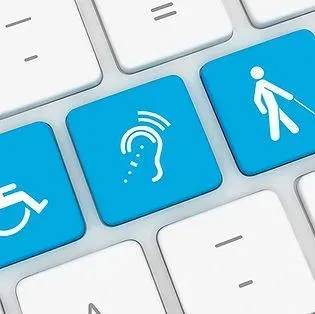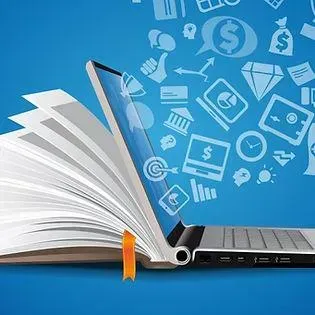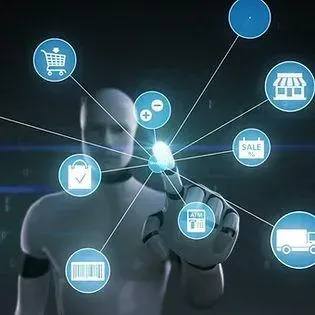eLearning Solutions







Mobile Learning
Today more than half of learners are using some sort of mobile device to complete their training or educational courses. It’s especially important for graphic and instructional designers to create engaging and entertaining courses that function just as well on a phone or tablet as they do on a computer screen.
When developing courses our graphic and instructional designers always consider the following:
The intended audience for the course.
The types of devices used.
The nature of the course and how and when it will be used.

Accessible eLearning
Our team believes that learning is a right and not a privilege. We also believe it must be available to everyone. Our graphic and instructional designers work with educators and trainers from around the globe to develop and distribute the latest theories and techniques in eLearning courses. Some examples of these courses are:
Courses for physically challenged learners so that there is no longer a necessity to travel, carry books or worry about when the courses are given. We make it easy for them to learn at their own pace wherever they are and whenever they have the time.
Courses developed for learners who have limited access to the internet. These courses can be downloaded on any standalone device without the need for connectivity. Once completed the results can be uploaded to any LMS when internet service is available.
Instructional courses that can be used to learn when needed. These include courses on safety, hospitality, health and DIY projects.

Gamification
Gamification is the trending new way to motivate learners when used in the proper situation. A good instructional designer will know the demographics of the intended learners and will create "games" to motivate them to finish the course. The addition of credible rewards will also motivate the learner and is being used by more and more instructors in all segments of the eLearning universe.
Some of the reasons “Gamified” eLearning solutions works as an effective tool are:
Provides an immersive and interactive experience that requires concentration,
out-of-the-box thinking and provides the learner an opportunity to take initiatives and gain risk-free experiences.
Provides learners with real-life situation experiences in a safe environment to provide confidence when faced with similar real-world situations.
Creates learning opportunities to enhance teamwork, as well as learning how to compete with others effectively.
Provides learners with immediate feedback and the ability to learn from their mistakes.
Gives management tools to evaluate learners on their strengths and weaknesses. These results also can assist developers in fine-tuning their course as well as pinpoint subject areas that require more detailed courses.

Adaptive Learning
Using algorithms developed by teams of software engineers (or more recently AI), instructional designers have been able to create eLearning courses that adapt to individual learners' skill sets. As learners answer questions, the algorithms monitor their strengths and weaknesses.
When the learner shows superior knowledge in specific areas, the algorithms notice this and lets the learner move on to more advanced modules.
Conversely, when a learner shows a lack of knowledge in a particular subject, the eLearning module recognizes this and concentrates more information on that specific area of information until the learner reaches the desired level of competence.
This, along with engaging graphics and interesting interactivities, helps the learner focus in on subject matter that is new or presenting challenges rather than concentrating on information that they have already mastered.
This type of eLearning is more complex and requires much more detailed interaction between the team developing the course and the organization providing the material.

Micro Learning
Micro-Learning is quick bites - or bursts - of subject matter that is delivered and consumed/retained in 3-minute intervals. These must be focused, interactive and engaging. The benefits of this type of eLearning are:
Can be used as on-the-job training in situations that calls for immediate action.
Since they are short and easily developed, they are cost-effective and can cover a great many subjects economically.
Improves productivity since it only focuses on a particular subject matter.
Can be created in a number of different formats based on the course requirements, the environment it will be used in, and the devices that will be used by the learners.

Scenario-Based Learning
There is no better way to learn than to immerse yourself in a scenario or situation that you will be encountering in real life. That’s the theory behind this type of eLearning. Our graphic and instructional designers can create immersive and interactive situations that replicate the situations your learners will be facing every day. Some of the advantages of Scenario-Based Learning are:
Provides a learning experience that is based on decisions learners make as the course progresses.
Perfect for creating team cooperation and problem-solving.
Creates an opportunity for learners to make decisions in a safe space.
Challenging and fun scenarios that will keep your learners engaged while learning how to make the right decisions